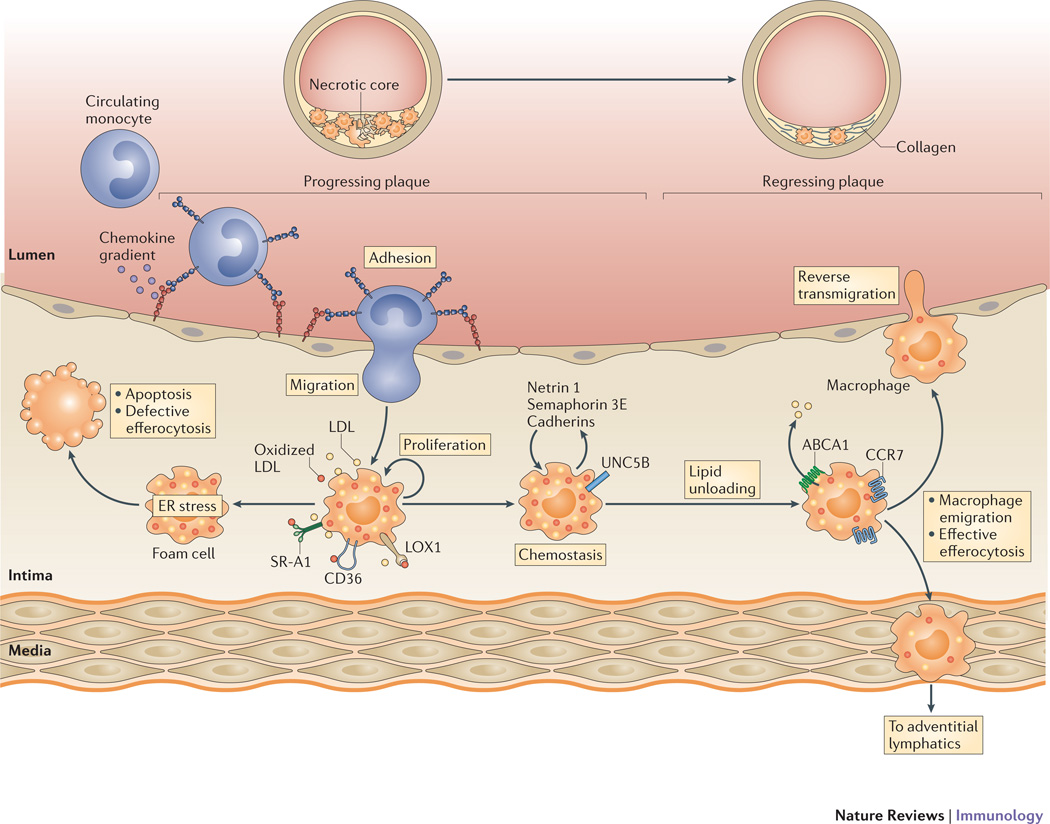Figure 3. Pathways regulating macrophage retention and emigration in plaques.
Imbalances in macrophage lipid metabolism in the progressing plaque lead to the retention of macrophages and chronic inflammation. The accumulating lipid-laden macrophages express retention molecules (such as netrin 1 and its receptor Unc5b, semaphorin 3E and cadherins) that promote macrophage chemostasis. In this inflammatory milieu, these accumulating macrophages experience endoplasmic reticulum (ER) stress, which if prolonged, results in apoptosis. This cell death, coupled with defective efferocytosis, results in the formation of the necrotic core characteristic of advance plaques. Mechanisms that promote lipid unloading of the foam cell, including factors that upregulate ABCA1 expression on plaque macrophages and cholesterol efflux, reverse the accumulation of these foam cells. This plaque regression is characterized by an upregulation of CC-chemokine receptor 7 (CCR7) on myeloid-derived cells and a decrease in the expression of retention factors. Accumulating evidence summarized in this review supports that the regulation of these macrophage migration factors contributes to macrophage emigration from the plaque through reverse transmigration to the lumen or trafficking to the adventitial lymphatics.

